Today, buying a car is not just a luxury but also a necessity. Some consumers want a car to save themselves from the inconvenience of commuting. Other car buyers with a tight budget prefer second-hand cars because they are more affordable compared to brand new cars.
But buying a used car is not an easy task. Second-hand car buyers should be extra meticulous when it comes to car performance and car parts.
They should look closely and inspect if the car has genuine or OEM car parts, or if it has non-stock car parts or simple aftermarket parts: this affects the overall value of the vehicle.
But how can a person tell if the car parts in the car are OEM or non-stock? Read on this article from Philkotse.com to find out how.
Before we go to the steps on how to identify non-stock car parts, lets first define what is OEM car parts and a non-stock or aftermarket car parts.
1. OEM car parts
OEM stands for original equipment manufacturer parts. These car parts are the ones made by the manufacturer of the vehicle or it can also come from a contracted third-party manufacturer. These car parts are used in the original making of the car.
OEM car parts are uniquely manufactured for a certain car model, trucks, SUVs, etc., These parts are the exact matching parts of your car. It also comes with a limited warranty. Car dealerships utilize your car's VIN to search for the right OEM part for your truck, SUV or car.
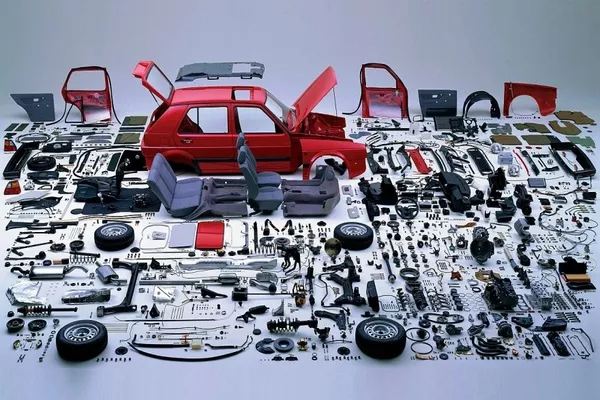
OEM stands car parts are the ones made by the manufacturer of the vehicle
2. Non-stock car parts or aftermarket part
These types of car parts are made by the third-party manufacturers and it is not included in the available options or initial list of car parts that are used in building your car. Non-stock parts or aftermarket parts are commonly used for repairs.
It is also typically comparable to OEM car parts in terms of quality. Basically, non-stock or aftermarket car parts can also serve the same purpose as long as it is under the same operating condition.
However, before using aftermarket car parts, you should be well aware of the basic information on how it can affect the value and performance of the car.
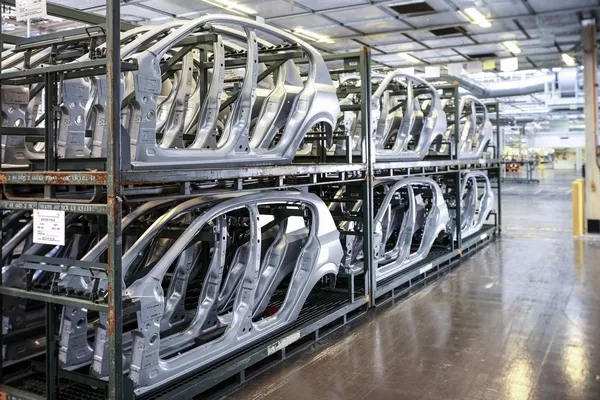
Non-stock parts or aftermarket parts are commonly used for repairs
In addition, non-stock car parts can also be less expensive which is why it is a great choice when repairing trucks, car, SUV and/or minivan.
3. How to know if a secondhand car has non-stock parts?
- Non-stock car parts do not come with a warranty
- Low price non-stock car parts often mean lack of quality
- The price of non-stock car parts is cheaper compared to OEM parts
- You can find these car parts readily available in most independent auto repair shops.
- Used cars with aftermarket parts are relatively cheaper because it can decrease the resale value of the car.
You'll easily tell if the car part is an aftermarket part if it doesn't have a warranty. Unlike OEM that has limited warranty from the manufacturer, non-stock parts don’t come with a manufacturer’s warranty.
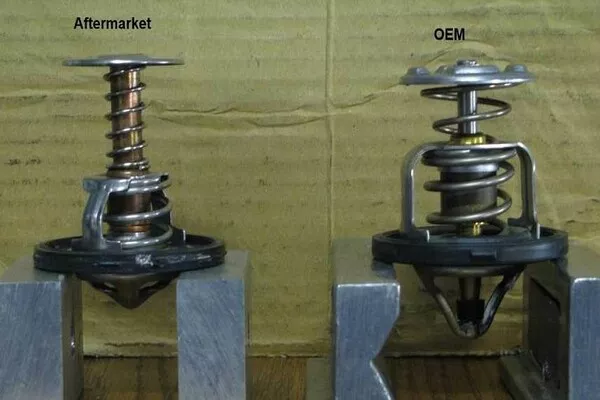
You can find non-stock car parts readily available in the most independent auto repair shops
4. Difference between OEM and aftermarket car parts
Both OEM and aftermarket car parts are options when repairing cars after an accident. Both types of car parts are good options if the aftermarket or non-stock parts are of good quality. As mentioned earlier, OEM parts will be the perfect fit for your car's make and model, and because of that, OEM will cost more.
Aftermarket parts, on the other hand, are produced by a different manufacturing company other than the car manufacturer. It is produced at high volumes and it is manufactured to fit the specifications of the different types of cars and not just a certain car’s make and model.
These parts are almost the same as the OEM parts in quality, like any kind, however, it may not perfectly fit your car because it is manufactured by the third party. Non-stock car parts are also much cheaper.
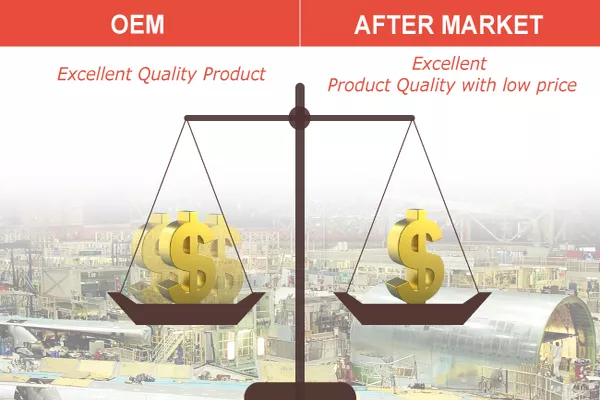
OEM parts will be the perfect fit for your car's make and model, and because of that, OEM will cost more
5. Does the kind of car parts used in repairing a car matter?
For some car owners and car buyers, it definitely matters. Original equipment manufacturer parts will keep the car closer to its original state. But on the other side, when you drive the vehicle off the lot, it’s no longer new. The decision will actually depend on the car or car owner on which car part replacement they prefer.
6. Tips on inspecting a used car
Research
If you’re into buying used cars, it’s important that you do your homework in researching and identifying car models that have good reliability records. Doing so will lessen the risk of buying a trouble-prone car. Read surveys and reviews about real-world reliability information which is a great help in narrowing down your selections.

If you’re into buying used cars, do researching and identifying car models that have good reliability records
Read window stickers
It is a requirement from the Federal Trade Commission for car dealers to post a Buyer’s Guide in all secondhand cars that are up for sale. It is usually attached in the car’s window. The window sticker should have various information like the percentage of the cost of repair, and if the car is being sold with a warranty or "as is".
>>> Worth reading: 5 parts to inspect before buying a used car.
Thorough inspection
When buying a used car, whether from a trusted friend or trusted dealer, always inspect the car thoroughly. Make sure you this on broad daylight. If possible, taking to a mechanic will be better for a complete inspection. Use your eyes, ears, and nose when checking the car.
Check the interiors. The paint, body condition, glass, suspension, light and lenses, and tires. Of course, you should also check the interiors. Pay close attention to the odor, seats, pedals, instrumental and controls, roof, trunk, and sound system.
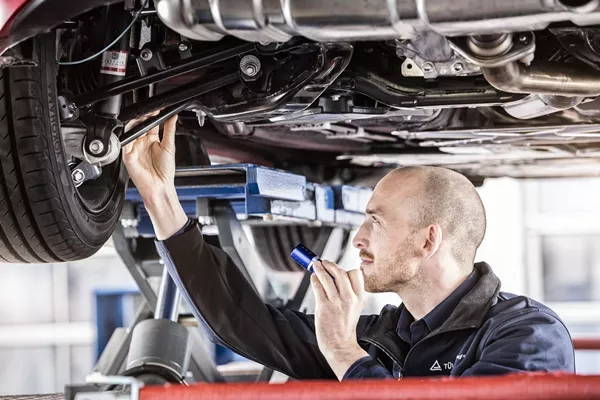
When buying a used car, you must always inspect the car thoroughly
Also, don't forget to inspect the car parts under the hood. Inspect the hoses and belts, fluids, radiator, and battery.
It is also advisable to bring a friend with you who also have vast knowledge about cars and its parts.
Take the vehicle to the mechanic
Whether you’re in doubt or not, it is still recommended that you take the vehicle to an independent mechanic. They will be able to do diagnostic work and will help you identify any underlying problems in the car. They will also be able to tell if the car parts used are OEM or non-stock which will also be beneficial for you to identify the real value of the car.
>>> Click to get more helpful tips and advice for all car owners.
Recent posts
- 10 most popular car engine parts that you should know Aug 09, 2022
- Top 3 Tips on Getting the Best Deals on Car Accessories in Banawe Street Aug 18, 2023
- How to Negotiate When Buying a Used Car in the Philippines Nov 29, 2018
- 3 tips to know if a secondhand car has been used as a taxi Dec 22, 2022
- If The Shoe Fits: Choosing Aftermarket Wheels Sep 29, 2017




![[FOR FUN] Top 5 anime series that car enthusiasts will love](https://img.philkotse.com/crop/94x52/2019/11/06/xgWRvxxG/top-anime-for-car-lovers-5c8c.jpg)







